How We Bring Radon Levels Down to Canadian Standards (And Below)
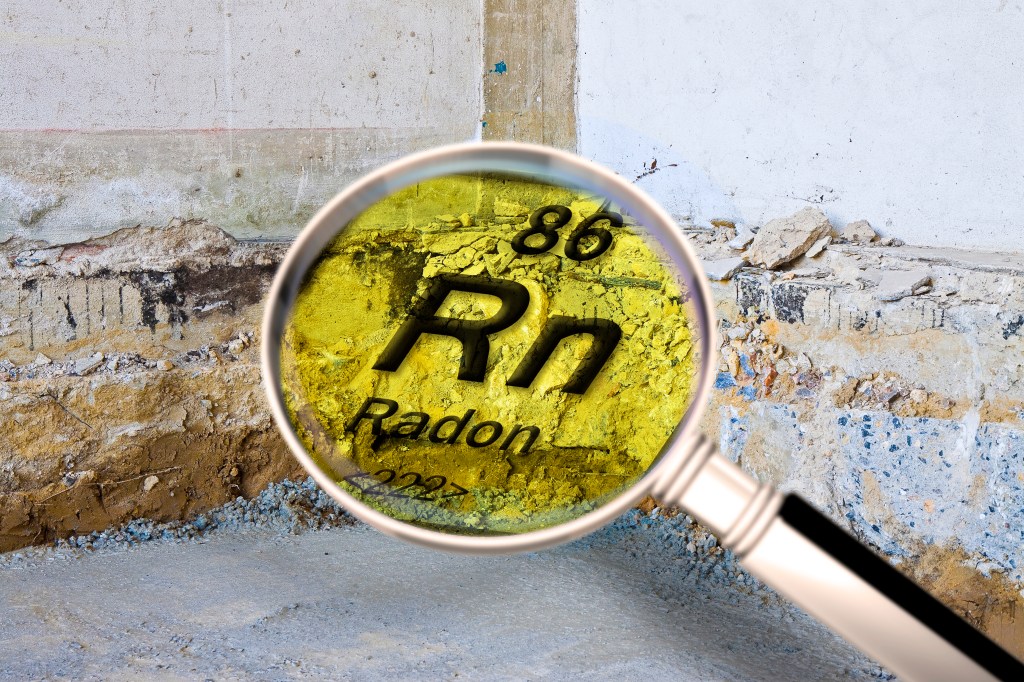
Radon is a naturally occurring radioactive gas that can accumulate in homes, posing serious health risks. The Canadian government offers official guidelines to limit radon buildup in your home, but experts suggest aiming for even lower levels to minimize exposure.
If you’re concerned about radon in your home, understanding how to reduce radon levels is crucial. Here’s how we effectively lower radon levels to meet and exceed Canadian standards.
What is the Standard for Radon Levels in Canada?
Health Canada recommends that indoor radon levels should not exceed 200 becquerels per cubic meter (Bq/m³). While no level of radon is considered completely safe, keeping concentrations below this threshold significantly reduces health risks. If levels exceed this threshold, homeowners should take action to reduce radon levels in order to prevent dangerous long-term health effects, especially for homes with children, smokers, or the elderly.
Testing for radon is the only way to determine indoor levels, as the gas is colorless, odorless, and tasteless. Long-term testing, ideally over three months, using a radon test kit or a professional testing service, is the best way to be sure. Short-term tests are available but may not provide an accurate reflection of average exposure.
Testing should be conducted in the lowest livable area of the home, where radon is likely to accumulate. Once results are obtained, homeowners can assess whether mitigation is necessary to ensure a healthier indoor environment. Regular retesting is also recommended, especially after renovations or changes to ventilation systems. Regions like Calgary in Southern Alberta are particular radon hot spots, making regular testing even more essential.
How to Reduce Radon Levels in Your Home
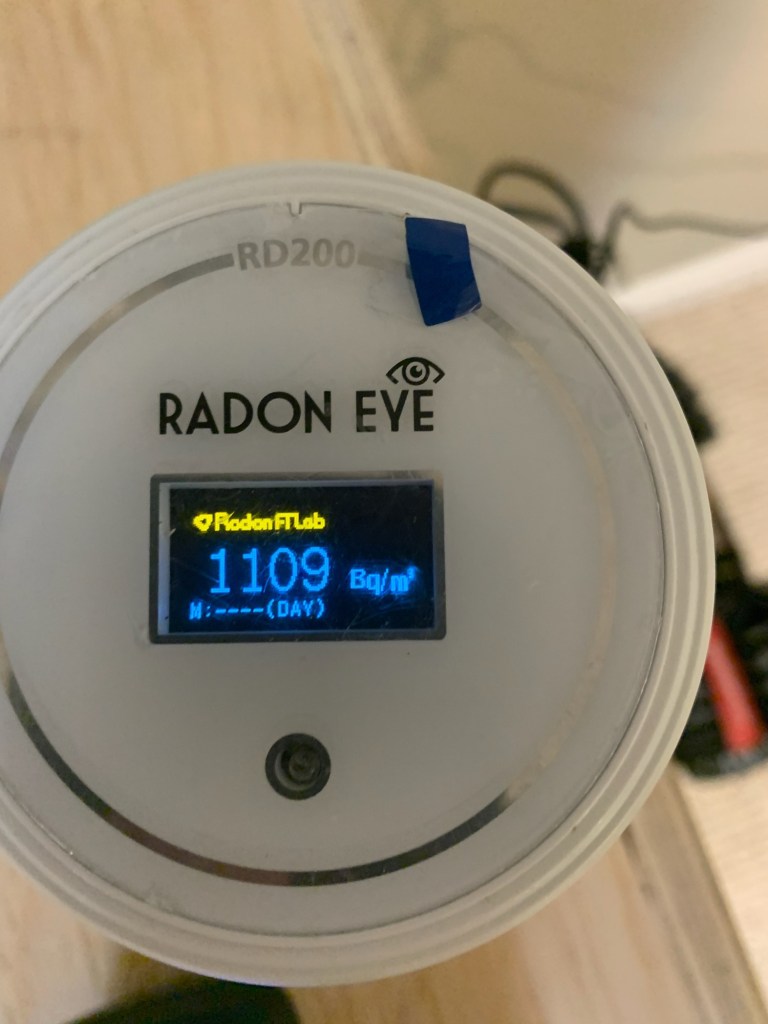
DIY solutions may provide minor improvements, but for significant and lasting results, professional radon mitigation is the best option. Certified radon specialists have the expertise to assess your home’s unique needs and implement the most effective strategies.
By following these steps, we ensure your home meets government safety standards. Here’s how professionals lower radon levels in homes across Canada:
1. Identifying & Sealing Entry Points

The first step in radon mitigation is determining how the gas enters your home. Radon seeps in through cracks in the foundation, gaps around pipes, and other openings. Sealing entry points is a critical measure to block these pathways and prevent radon from accumulating indoors.
2. Installing a Radon Mitigation System
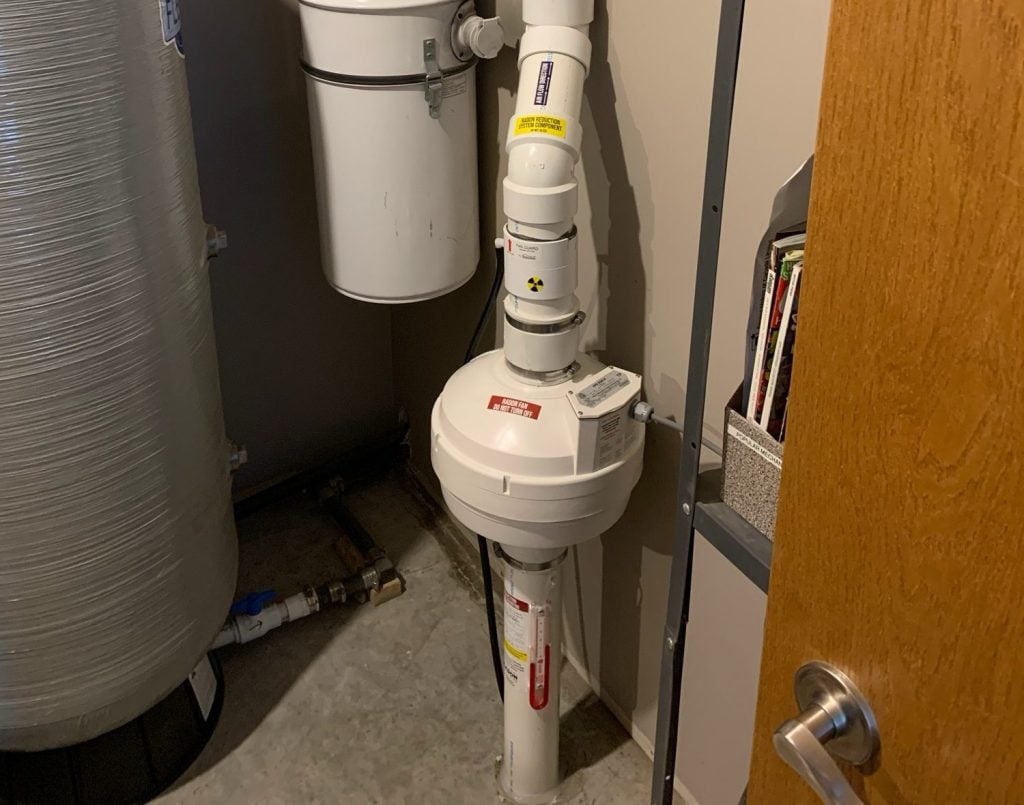
The most effective long-term solution is installing a radon mitigation system. These systems use a vent pipe and fan to redirect radon safely outdoors, significantly lowering indoor concentrations.
3. Improving Ventilation
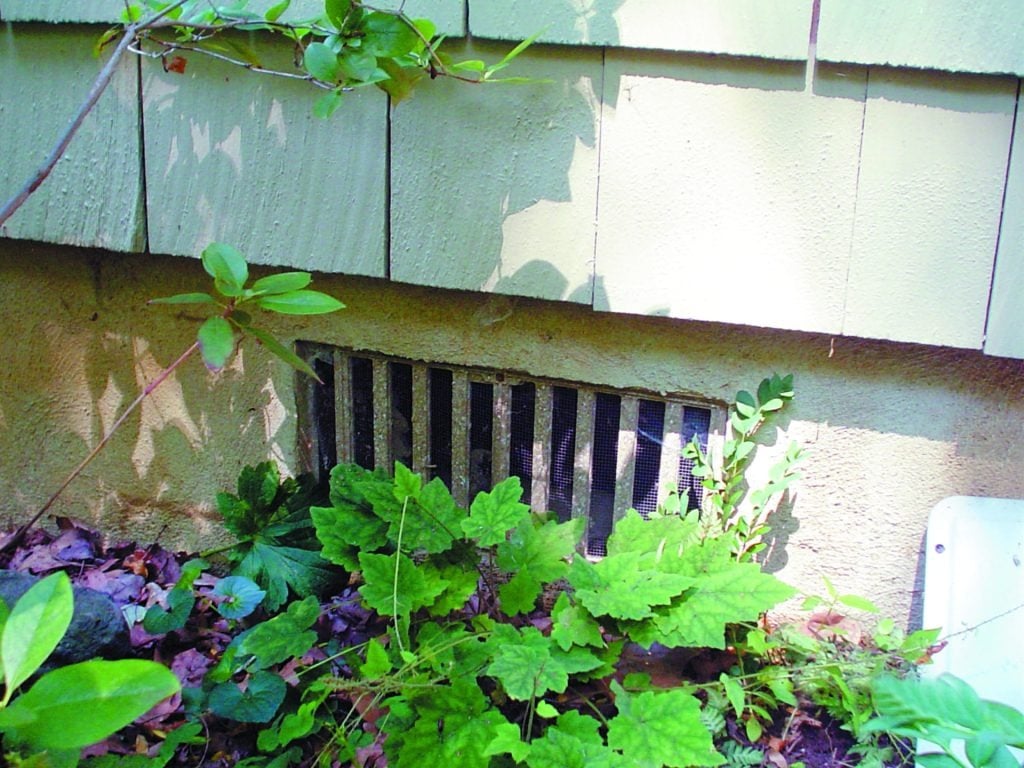
Enhanced airflow helps dilute radon levels throughout your home by circulating gaseous air out and replacing it with clean, fresh air. We may recommend mechanical ventilation systems or HRVs (heat recovery ventilators) to improve indoor air exchange.
4. Sub-Slab Depressurization
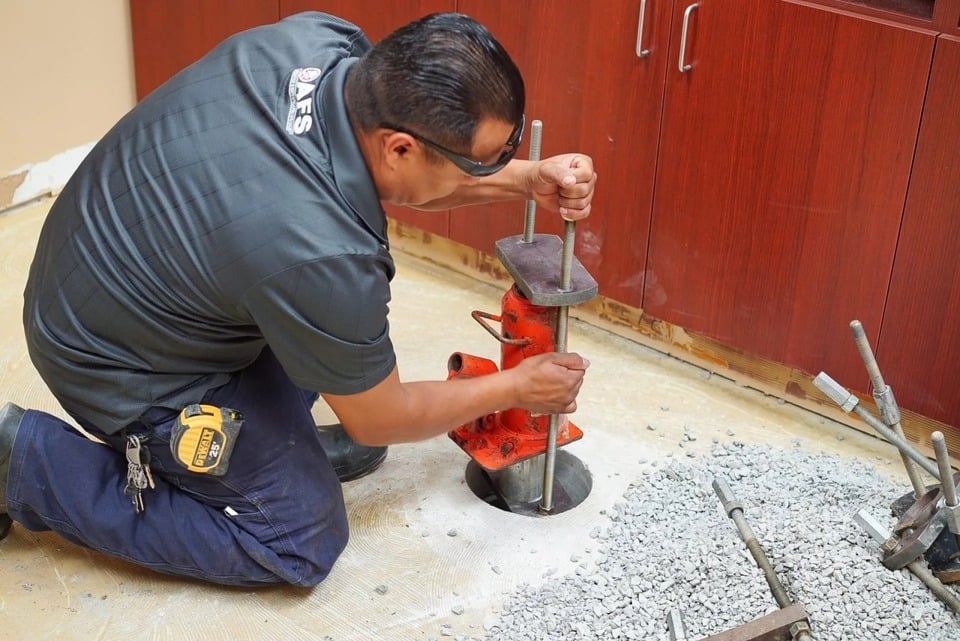
For homes with high radon levels, sub-slab depressurization is an effective way to prevent more gas from accumulating indoors. This process involves creating a suction point beneath the foundation to extract radon before it enters the living space.
5. Ongoing Monitoring

After implementing mitigation strategies, we conduct follow-up testing to ensure radon remains at safe levels. Continuous monitoring helps maintain long-term protection for your home.
Get Expert Help to Lower Radon Levels
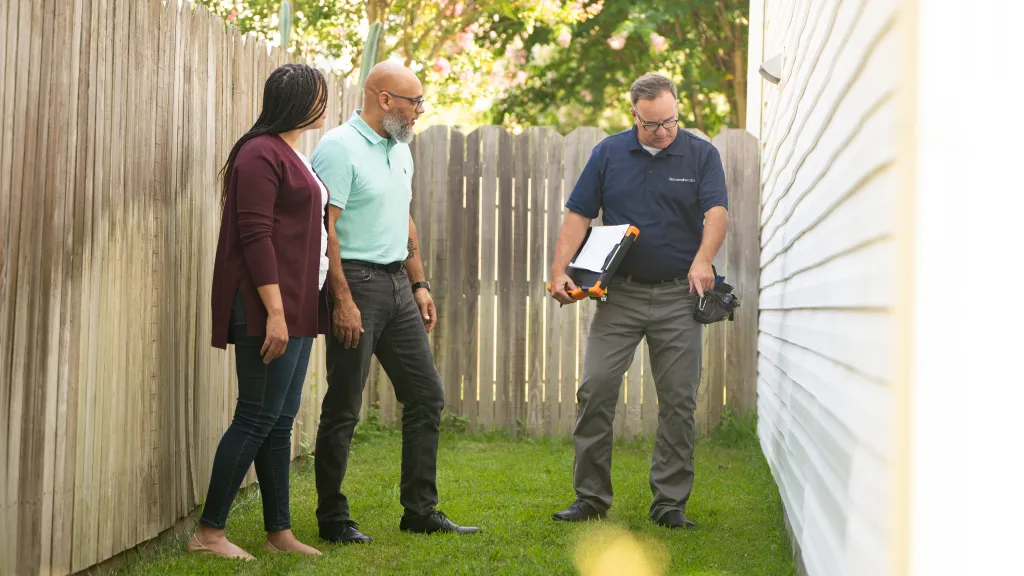
At Groundworks, we specialize in comprehensive radon mitigation, from sealing entry points to installing a radon mitigation system. If you’re concerned about indoor radon, contact us today to learn how to reduce radon levels in your home effectively.


